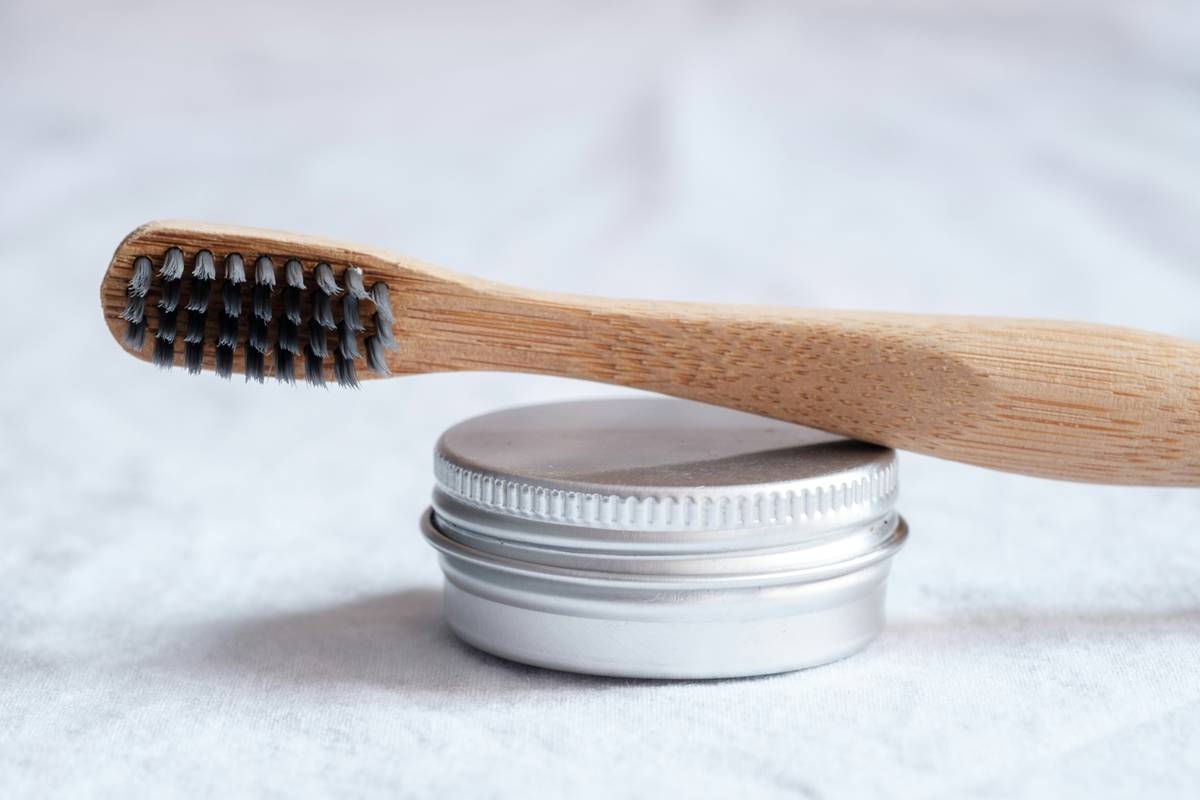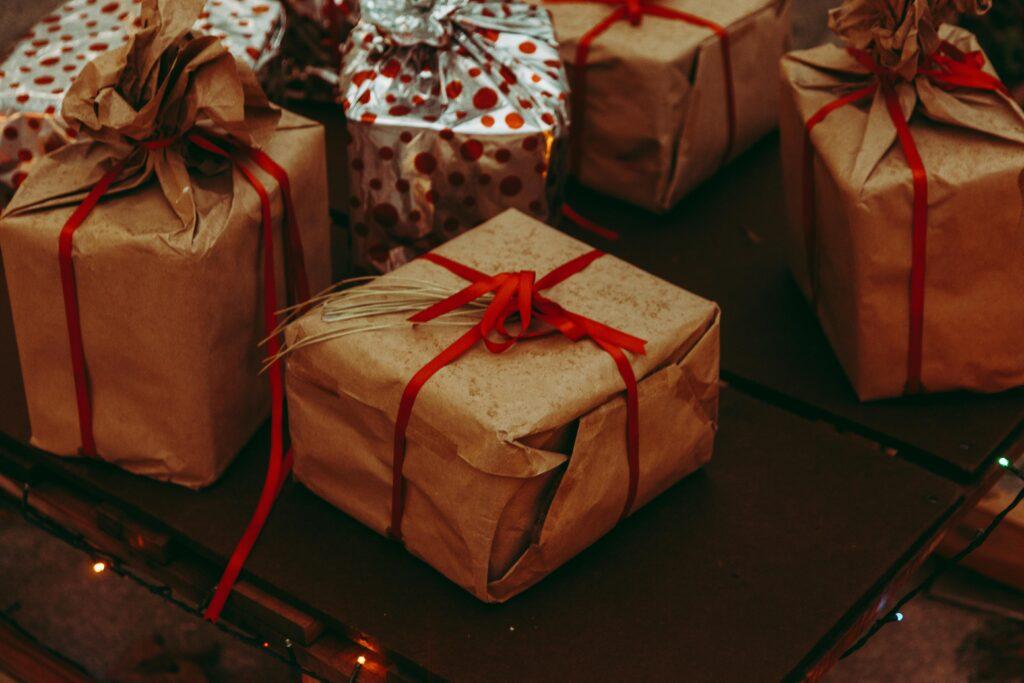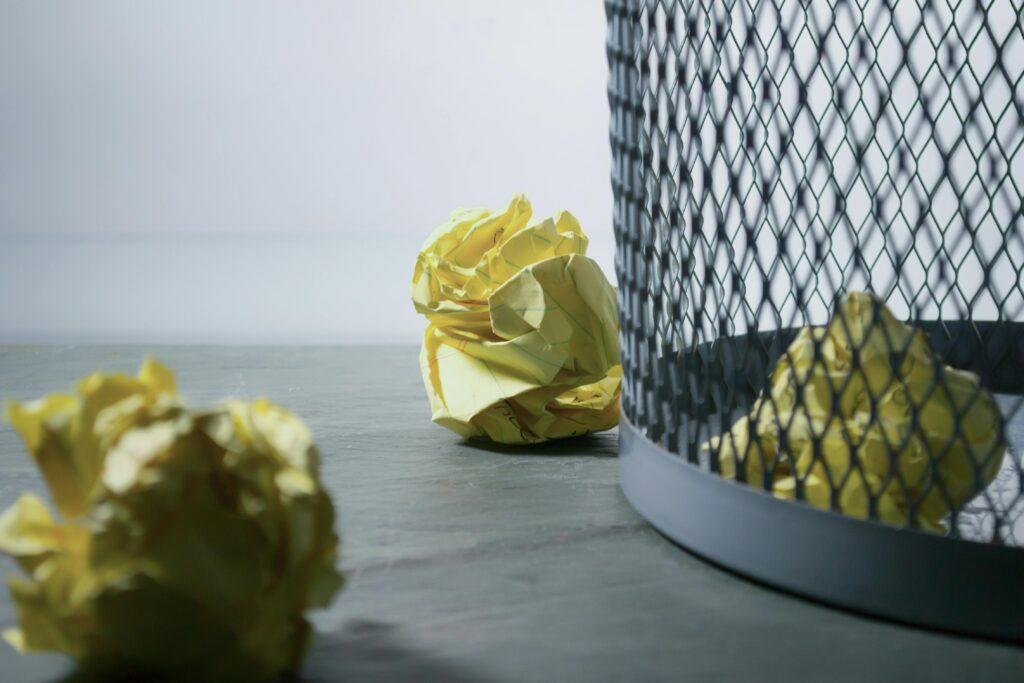“Ever bought an organic flower skincare product only to feel guilty about the landfill-bound packaging? Yeah, we’ve all been there.”
In today’s eco-conscious world, beauty enthusiasts are ditching synthetics faster than a bad Tinder date. But here’s the kicker: even natural and organic products sometimes come wrapped in guilt-inducing plastic. That’s why sustainable packaging isn’t just a trend—it’s your ticket to guilt-free pampering. In this post, you’ll learn how sustainable packaging impacts organic flowers in beauty and skincare, actionable tips to choose the right options, and real-life success stories. Plus, I’ll throw in a rant or two (because let’s be honest, greenwashing pisses me off).
Table of Contents
- The Problem with Packaging in Organic Beauty
- Step-by-Step Guide to Identifying Truly Sustainable Packaging
- 7 Tips for Spotting Greenwashing in Organic Flower Products
- Case Studies: Brands Nailing Sustainable Packaging
- FAQs About Sustainable Packaging for Organic Flowers
Key Takeaways
- Sustainable packaging reduces environmental impact while enhancing brand trust.
- Look for certifications like FSC, BPI Compostable, or recyclable symbols.
- Avoid greenwashing by scrutinizing vague terms like “eco-friendly” without proof.
- Glass, aluminum, and biodegradable materials are top choices for organic flower-based beauty products.
The Dirty Truth About Packaging in Organic Beauty
Let’s talk reality. The global organic beauty market is booming—projected to hit $25 billion by 2025. Sounds great, right? But here’s my confessional fail: Once, I bought a lavender-infused serum that was marketed as “all-natural.” Spoiler alert—it came in single-use plastic so flimsy it cracked before I even opened it. Turns out, that “organic” product wasn’t quite walking the walk.
And I’m not alone. Many consumers are frustrated by brands slapping “natural” labels on products while ignoring the elephant in the room: unsustainable packaging. According to a 2023 survey, over 80% of shoppers prefer products with eco-conscious packaging, yet only 20% believe brands actually deliver what they promise.
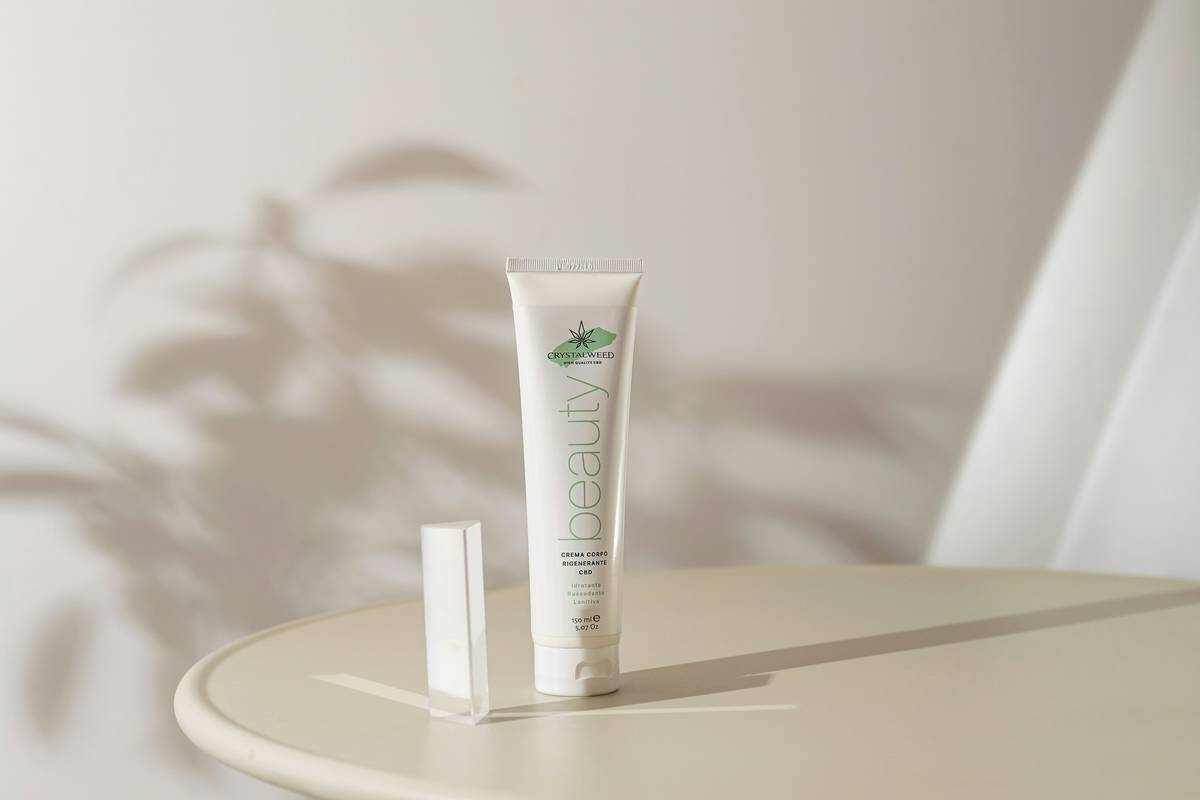
Step-by-Step Guide to Identifying Truly Sustainable Packaging
Optimist You: “This sounds complicated!”
Grumpy Me: “Ugh, fine—but I promise it’s easier than explaining TikTok dances to your grandma.”
Step 1: Look for Third-Party Certifications
Certifications matter. Seek out seals from reputable organizations like:
- FSC: Forest Stewardship Council ensures paper/cardboard comes from responsibly managed forests.
- BPI Compostable: Guarantees the material will break down naturally.
- Recycle Now: A UK-based initiative promoting easy-to-recycle packaging.
Step 2: Check Material Composition
Is it glass? Aluminum? Or biodegradable plant-based plastics? These materials scream sustainable packaging louder than any flashy label ever could.
Step 3: Assess Reusability
Can the container be repurposed? For example, some brands now use refillable jars for their organic rosehip oil blends—a chef’s kiss for both functionality and sustainability.
(Pro Tip: Save those cute glass bottles for DIY crafts. Trust me; Pinterest loves them.)
7 Tips for Spotting Greenwashing in Organic Flower Products
Greenwashing makes my blood boil. Here’s how to avoid falling victim:
- Ignore buzzwords like “green,” “eco-friendly,” or “clean” unless backed by evidence.
- Ask yourself: Does the company mention its recycling program or carbon-neutral goals?
- Research the brand’s overall commitment to sustainability beyond just one product line.
- Examine product reviews for mentions of poor-quality or misleading packaging.
- Be skeptical if the packaging feels overly luxurious—it might prioritize aesthetics over practicality.
- Check for transparency in ingredient sourcing AND packaging materials.
- Demand accountability: Email the company directly if you’re unsure!
Case Studies: Brands Nailing Sustainable Packaging
Not every brand screws up. Let’s shine a light on the winners:
Lush Cosmetics
Lush uses minimal-to-no packaging for many items, including their famous floral bath bombs. Their shampoo bars? Wrapped in recycled paper. It’s almost too simple—but oh-so-effective.
Herbivore Botanicals
This Seattle-based brand wraps its organic flower oils in sleek, reusable glass bottles. Bonus points for their partnership with Terracycle to recycle empties.
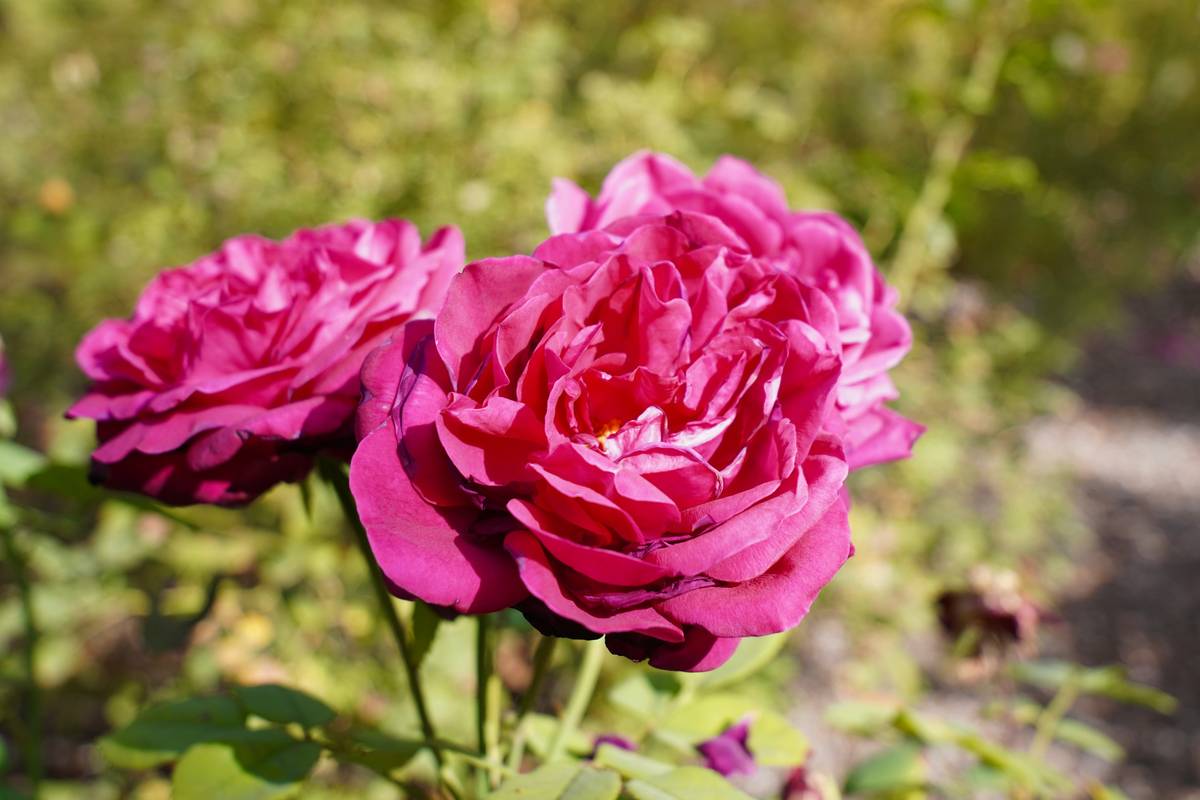
FAQs About Sustainable Packaging for Organic Flowers
Q: Is sustainable packaging more expensive?
Absolutely. Cheaper upfront costs often mean cutting corners ethically. But remember, investing in durable, reusable packaging saves money—and guilt—in the long run.
Q: Can I compost at home?
Yes! Most biodegradable packaging can go straight into your compost bin. Just ensure it’s certified BPI Compostable first.
Q: What should I do with empty containers?
Refill programs are gold. Otherwise, check local recycling guidelines or donate jars to schools/charities for craft projects.
Conclusion
The next time you’re tempted to splurge on organic flower-infused skincare, take a moment to examine the packaging. After all, sustainability starts with smart shopping choices. By following these steps and supporting brands that truly care, you’ll contribute to a greener future—one beautiful bloom at a time.
P.S. Like a Tamagotchi, your planet needs daily love. 🌍✨💚
